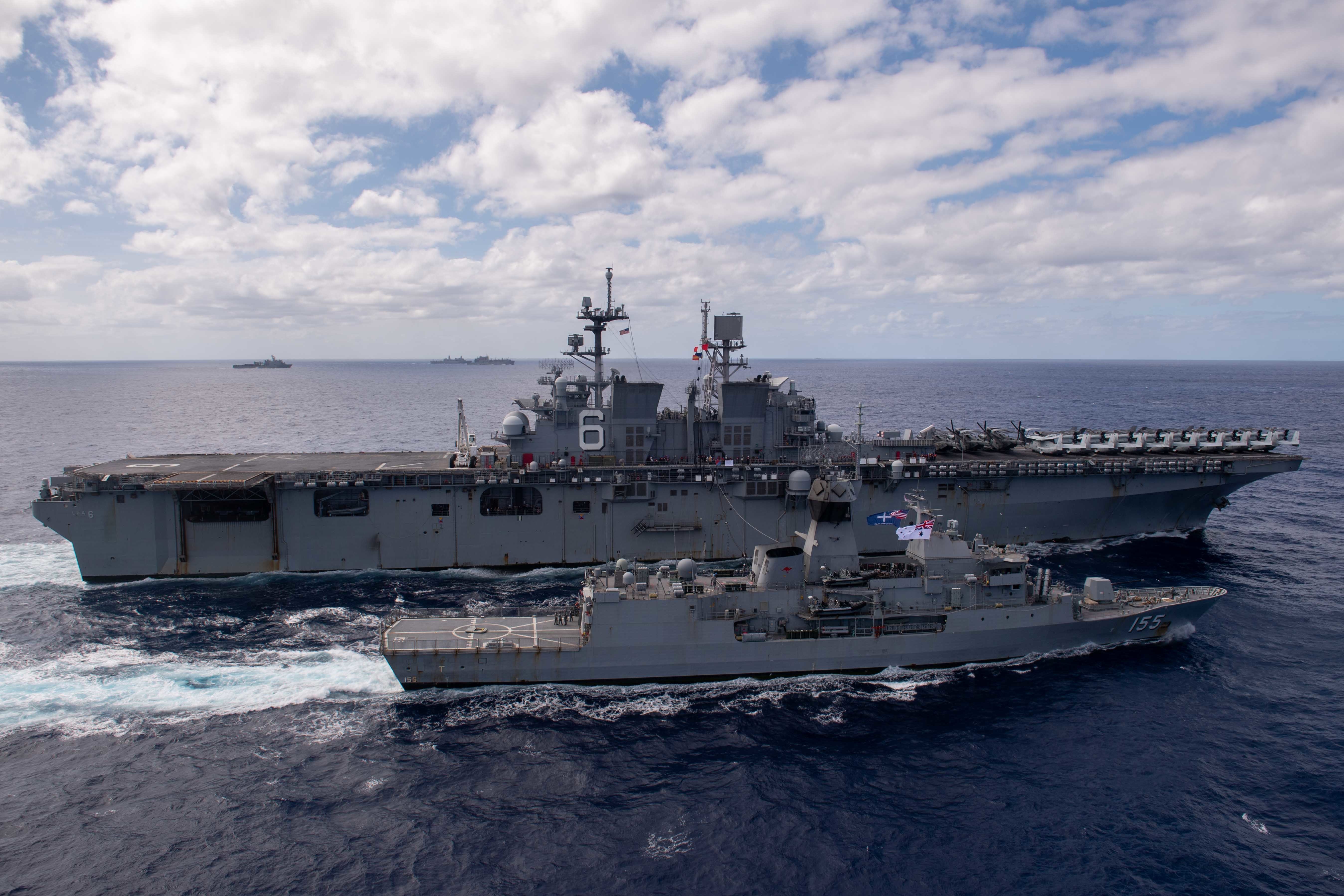
Admiral: Talisman Sabre Proves U.S., Allies Can Create Pacific Naval Force in Days
KUALA LUMPUR – The latest the Talisman Sabre exercise proved that the U.S. and its Pacific allies could form a…
Copyright 2024 U.S. Naval Institute. All Rights Reserved.